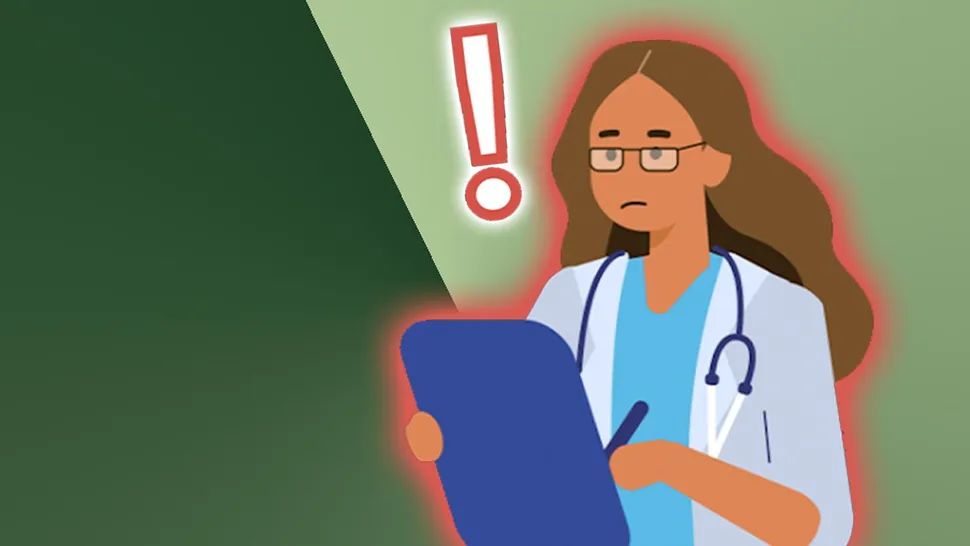What Symptoms Indicate Relapse in MDS?

Myelodysplastic syndromes are a group of blood disorders that affect how bone marrow makes blood cells. They can lead to low blood cell counts (cytopenia) and the inability of bone marrow cells to develop properly (dysplasia).
When a patient is receiving treatment, the labwork indicates whether or not the cancer is responding, known as response criteria. Relapse disease is diagnosed in patients who initially respond well to treatment but then present symptoms again after some time.
Before knowing the MDS has come back, some symptoms may appear. Receiving a relapse diagnosis can feel overwhelming, but it is important to address alert signs with your healthcare team so that they can monitor your health and make sure you are receiving the best treatment for your condition.
When relapse happens, the first thing to show up in the labwork is low blood counts. Since the bone marrow produces all the blood cells, whenever it is not working properly, it reduces the regular production of the three types of blood cells:
- Red blood cells: Low counts can cause a person to feel fatigued easily, feel cold, and have paler lips or cheeks.
- White blood cells: When levels are too low (leukopenia), the body is prone to suffer infections, or a person can have fever and chills.
- Platelets: Low counts (thrombocytopenia) can be seen as easy bruising or bleeding in gums, urine, or stool.
If you want to continue reading about MDS, you can check our 101 articles, like:
Myelodysplastic syndromes are a group of blood disorders that affect how bone marrow makes blood cells. They can lead to low blood cell counts (cytopenia) and the inability of bone marrow cells to develop properly (dysplasia).
When a patient is receiving treatment, the labwork indicates whether or not the cancer is responding, known as response criteria. Relapse disease is diagnosed in patients who initially respond well to treatment but then present symptoms again after some time.
Before knowing the MDS has come back, some symptoms may appear. Receiving a relapse diagnosis can feel overwhelming, but it is important to address alert signs with your healthcare team so that they can monitor your health and make sure you are receiving the best treatment for your condition.
When relapse happens, the first thing to show up in the labwork is low blood counts. Since the bone marrow produces all the blood cells, whenever it is not working properly, it reduces the regular production of the three types of blood cells:
- Red blood cells: Low counts can cause a person to feel fatigued easily, feel cold, and have paler lips or cheeks.
- White blood cells: When levels are too low (leukopenia), the body is prone to suffer infections, or a person can have fever and chills.
- Platelets: Low counts (thrombocytopenia) can be seen as easy bruising or bleeding in gums, urine, or stool.
If you want to continue reading about MDS, you can check our 101 articles, like:

about the author
Jimena Vicencio
Jimena is an International Medical Graduate and a member of the HealthTree Writing team. She has a passion for languages and is currently learning Japanese. In her free time, she loves playing with her cats. Jimena is also pursuing a bachelor's degree in journalism.
More on HealthTree Programs
Trending Articles
Get the Latest Myelodysplastic Syndromes Updates, Delivered to You.
By subscribing to the HealthTree newsletter, you'll receive the latest research, treatment updates, and expert insights to help you navigate your health.
Together we care.
Together we cure.
3x Faster.









